Elliptical vs running: which exercise is more effective?
We look at the pros and cons of the elliptical vs running, to help you decide which will be best for your cardio goals
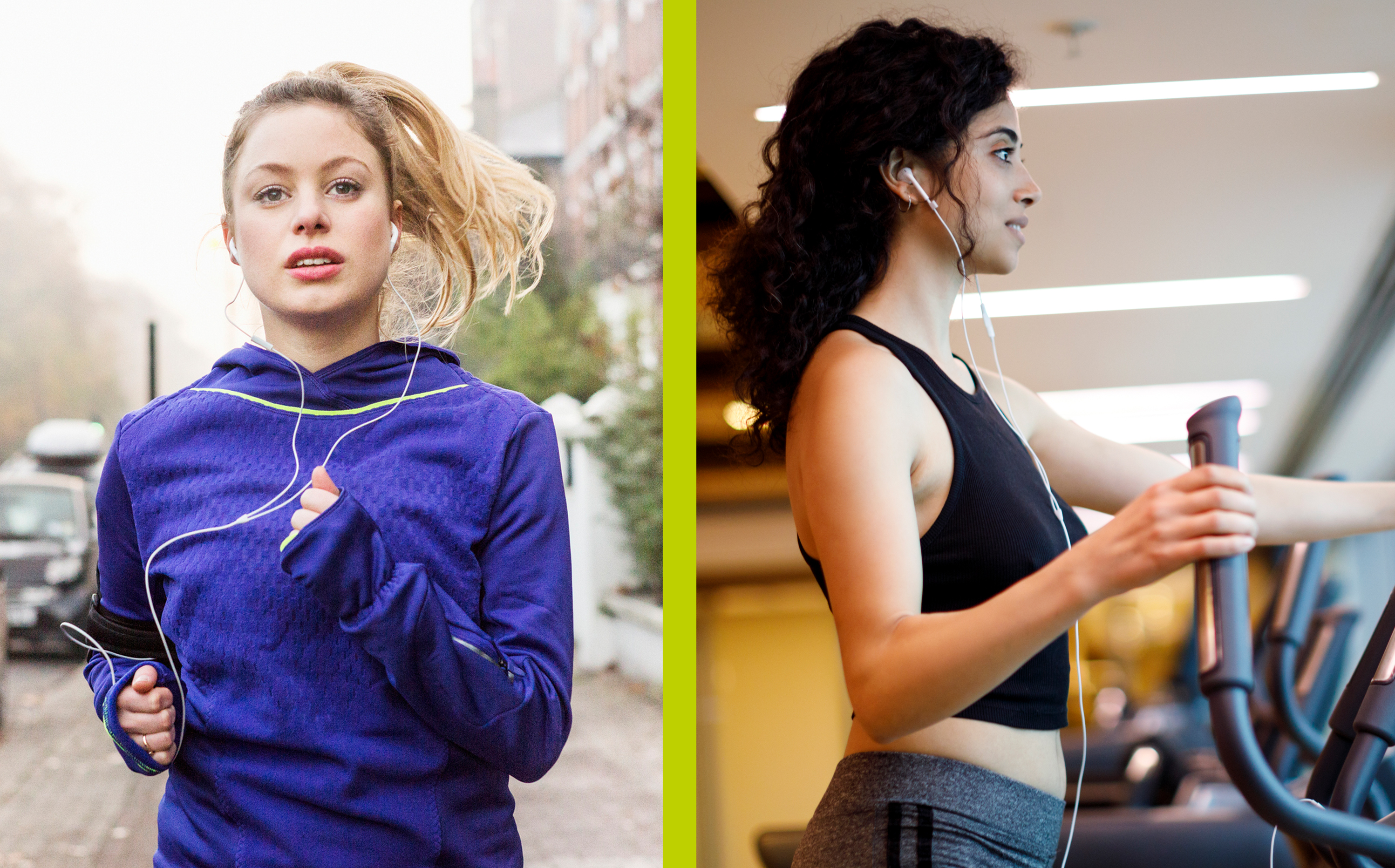

If you’re trying to get fitter, leaner or stronger, then you might be wondering: elliptical vs running - which is a better workout?
Also known as cross trainers, the best elliptical machines offer a low-impact way to exercise that simulates the movement of walking and running, making it easier on the joints. Once only accessible at a gym, the rise in demand for home workout equipment means these machines are widely available to buy for home use now too.
Running differs from the elliptical in that it is high impact and can be done either on one of the best treadmills or in the great outdoors. Both types of exercise provide an excellent cardiovascular workout (take a look at our article treadmills vs ellipticals), with a study in the Journal of American Heart Association finding that cardio exercise could lower the risk of cardiovascular disease by reducing body weight and blood pressure.
You might already have a preference, but how do they compare to running outside? In this article, we’ll explain the pros and cons of ellipticals vs running to help you decide which exercise will be more effective for you and your goals.
Ellipticals: pros
Elliptical machines mimic the range of motion you use when walking or running, but at a much lower impact. This makes them gentler on the muscles and joints, and a good choice for anyone recovering from an injury.
“Elliptical workouts are basically smoother and usually lower intensity than running,” says personal trainer Jen Skym. “This means they don’t produce lactic acid in the body in the same way (the cause of muscle aches and pains), so it’s easier to do a longer workout on an elliptical before fatigue sets in.”
She explains that the moving handles on the elliptical trainer mean you can use it for an upper and lower body workout, targeting the shoulder muscles, back, and arms, as well as the quads, hamstrings, calves, and glutes.
Get the Fit&Well Newsletter
Start your week with achievable workout ideas, health tips and wellbeing advice in your inbox.
“It’s also a good workout for beginners or people returning to exercise because you can keep the resistance and intensity low until you get fitter,” she says.
Any effective exercise routine should start with a five-10 minute warm up, and the same amount of time cooling down and stretching at the end.
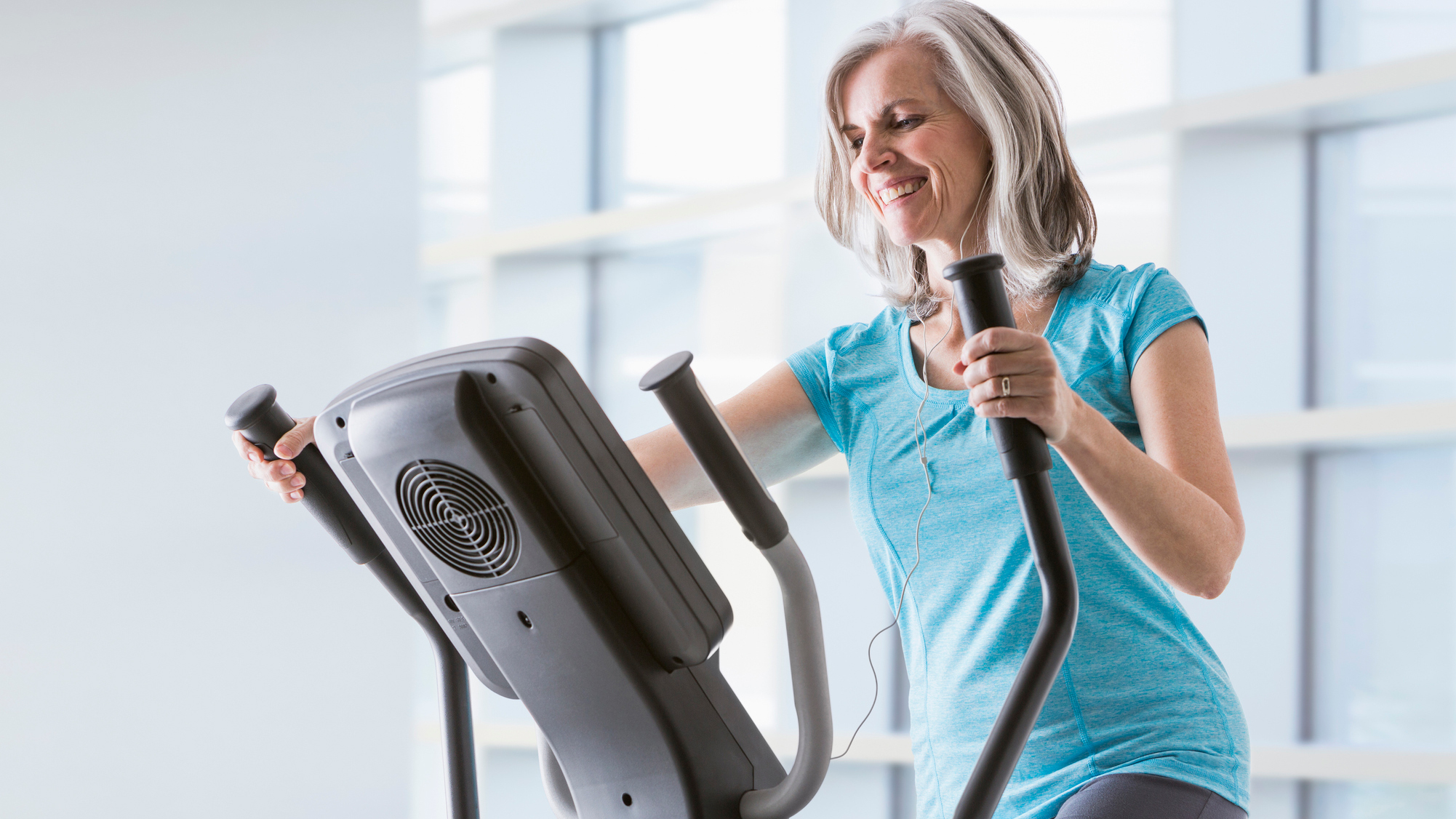
Ellipticals: cons
“While the elliptical trainer is a great low-intensity workout, it means you might not see as many results as running, because there is a limit to the resistance level you can reach,” says Skym.
“Low impact means it takes longer to increase muscle growth and strength, so it burns fewer calories. If you have a weight loss goal then running would get faster results.”
There is also a cost to using an elliptical – either via a gym membership or when you buy the machine for home use.
Running: pros
Skym says that running burns more calories than ellipticals because it requires more energy expenditure. If you do it regularly, your stamina and agility will improve too.
Another benefit of running is that it builds bone and muscle strength, with a study from the University of Missouri finding that it stimulates bone cells and makes tendons stronger.
“You can keep changing the route and intensity too, adding some hill climbs or sprints into the mix as you get stronger and fitter,” says Skym. “You don’t need a lot of kit to do it – just a decent pair of trainers and some workout clothes and you’re off!”
Apart from the fact that it’s free, and you can do it almost anywhere in the world, running can provide mental health benefits. “If you’re stressed, sad, frustrated, or just feeling a bit ‘stuck’, a run can give you some headspace and that infamous ‘runner’s high’,” says Skym. “By the time you get back, you feel more able to cope with the day.”
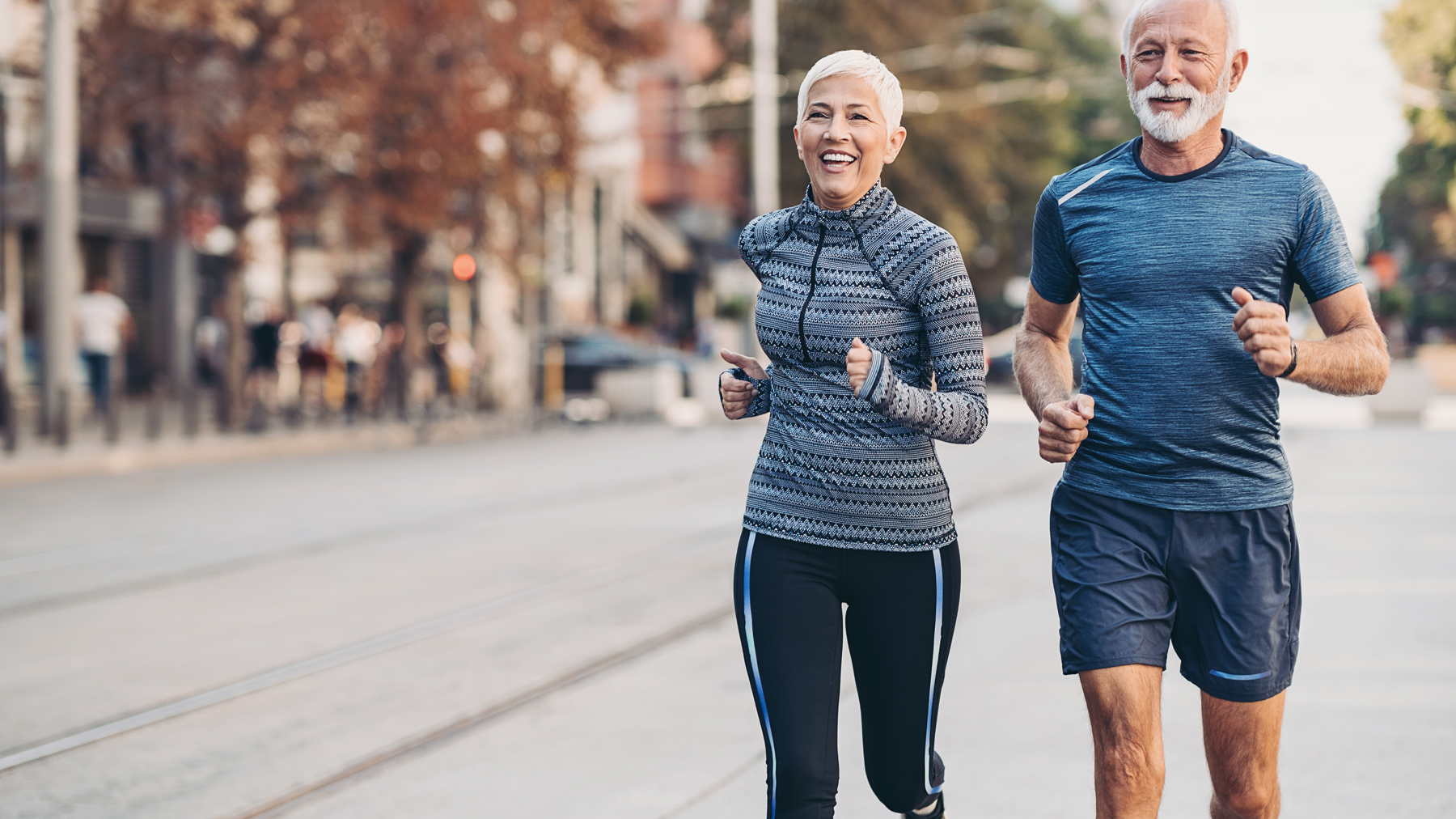
Running: cons
Running is a high-impact exercise, so it puts more pressure on muscles and joints. “It involves ‘bouncy’ motions instead of the natural movements required in elliptical workouts, and this is what puts more of a strain on the body and increases the risk of injury,” says Skym.
“There is also more chance of getting delayed onset muscle soreness (also known as DOMS) from running because it’s an anaerobic exercise,” she says. “This means that after 90 minutes, lactic acid starts to accumulate in the bloodstream. When that happens, the muscles are not as efficient because of low blood flow, and you can start to feel tired and slow down.”
Another consideration with road running is safety. “Try to run in daylight hours, wear something reflective and make sure your route is well lit and safe,” advises Skym. “If you can, tell someone where you’re going and when you plan to be back and make sure you’re wearing light layers of breathable clothing that you can easily remove, so you don’t overheat or get too cold.”
Elliptical vs running: the final verdict
If you’re new to exercise, the elliptical trainer is a good place to start because you can go at a slow pace and increase the intensity as you get fitter. But keep in mind that it’s a solitary workout, so if you’re someone who is motivated by group exercise then you might be better off joining a running club.
Elliptical trainers also require either a gym membership or buying a machine outright, with prices starting from around $145/ £139.99.
Running, on the other hand, is free. “It also has the advantage of getting you out in the fresh air, which has numerous mental health benefits - from relieving stress to boosting mood and concentration,” says Skym.
She also adds: “Elliptical training is low impact while running is high impact, but both provide an effective cardiovascular workout. The answer to which one is best for you really depends on your personal preference, time constraints, and fitness goals. And as with any exercise, it takes time, commitment, and consistency to see results.”
Maddy Biddulph is a freelance journalist specializing in fitness, health and wellbeing content. With 26 years in consumer media, she has worked as a writer and editor for some of the bestselling newspapers, magazines and websites in the US and UK.
She is also a qualified L3 personal trainer and weight loss advisor, and helps women over 40 navigate menopause by improving their physical and mental strength. At Maddy Biddulph Personal Training, she runs one-to-one and small group training for menopausal women who want to get fit to ease symptoms and feel like themselves again.
-
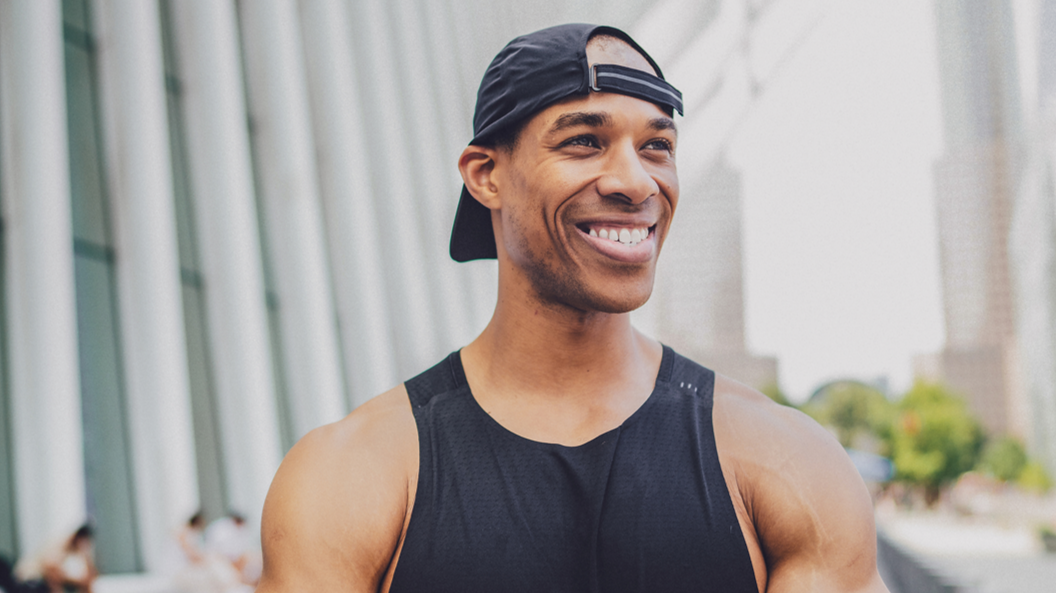 One simple thing new parents should prioritize above all else to maintain their health and fitness, according to a Centr trainer
One simple thing new parents should prioritize above all else to maintain their health and fitness, according to a Centr trainerHere's what I'm doing differently since becoming a first-time dad
By Sam Rider
-
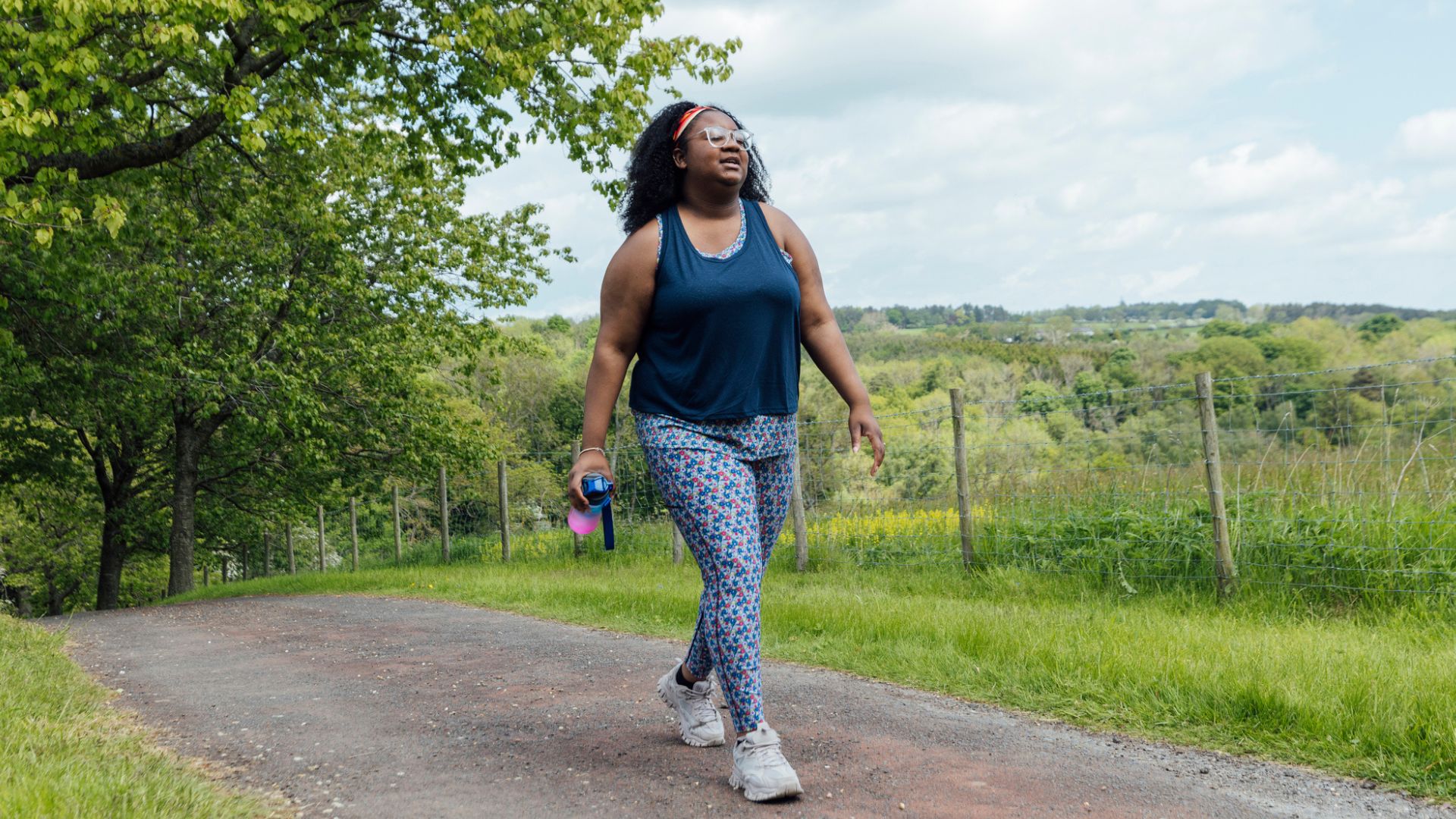 A walking coach says this exercise trend can help you hit 10,000 steps a day—here's how
A walking coach says this exercise trend can help you hit 10,000 steps a day—here's howThe 666 walking trend could get you to your target
By Lou Mudge
-
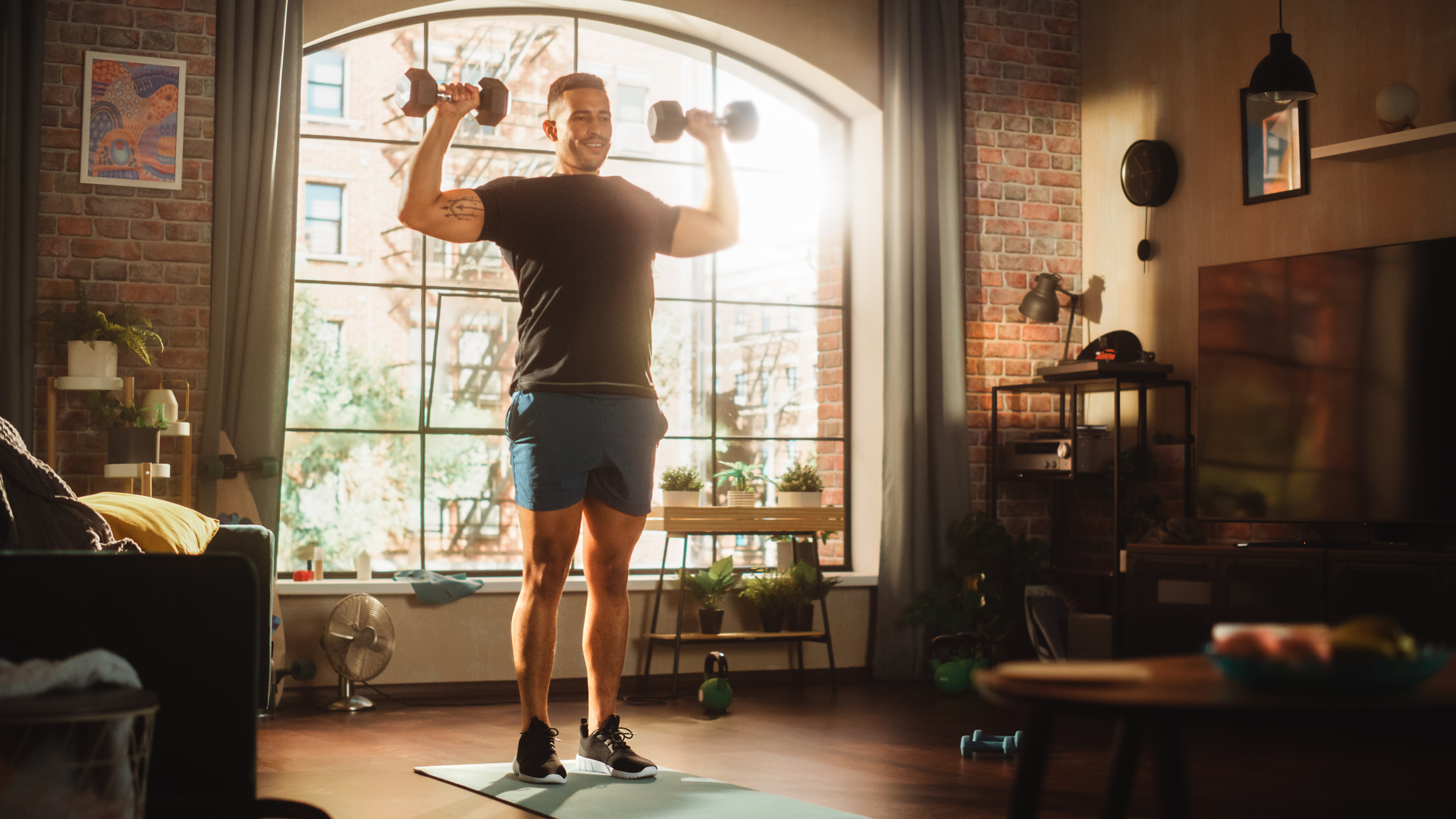 A trainer recommends this five-move beginner strength training workout for building full-body muscle
A trainer recommends this five-move beginner strength training workout for building full-body muscleWorkout Build full-body strength, muscle, and coordination with this dumbbell workout
By Harry Bullmore
-
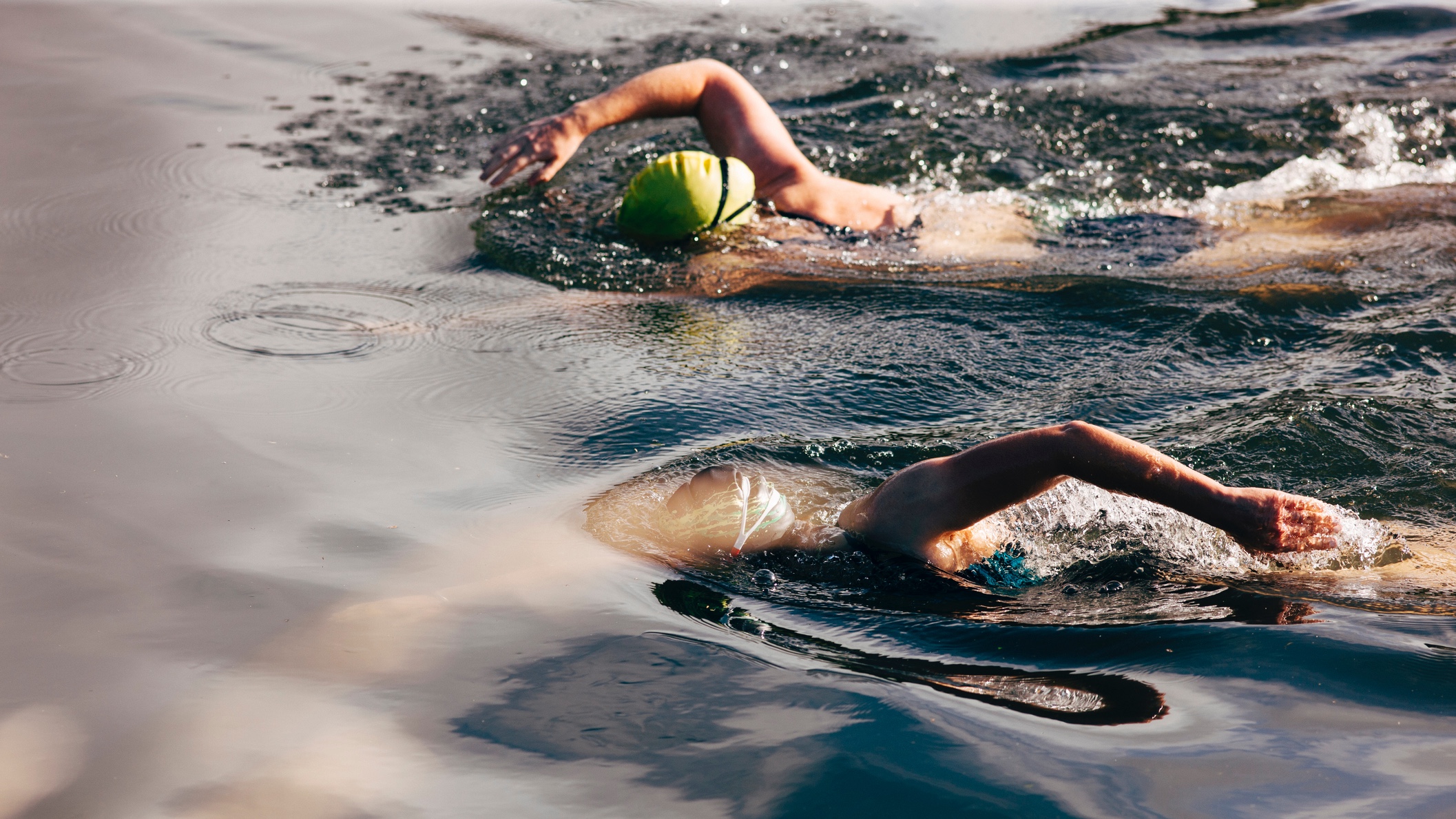 What’s the best open water swimming technique?
What’s the best open water swimming technique?Fitness Perfect your open water swimming technique and you'll be able to explore your local lakes and pools with confidence
By Maddy Biddulph
-
 The best trekking poles 2025
The best trekking poles 2025Buying guide Protect your knees and increase stability with the best trekking poles
By Harry Bullmore
-
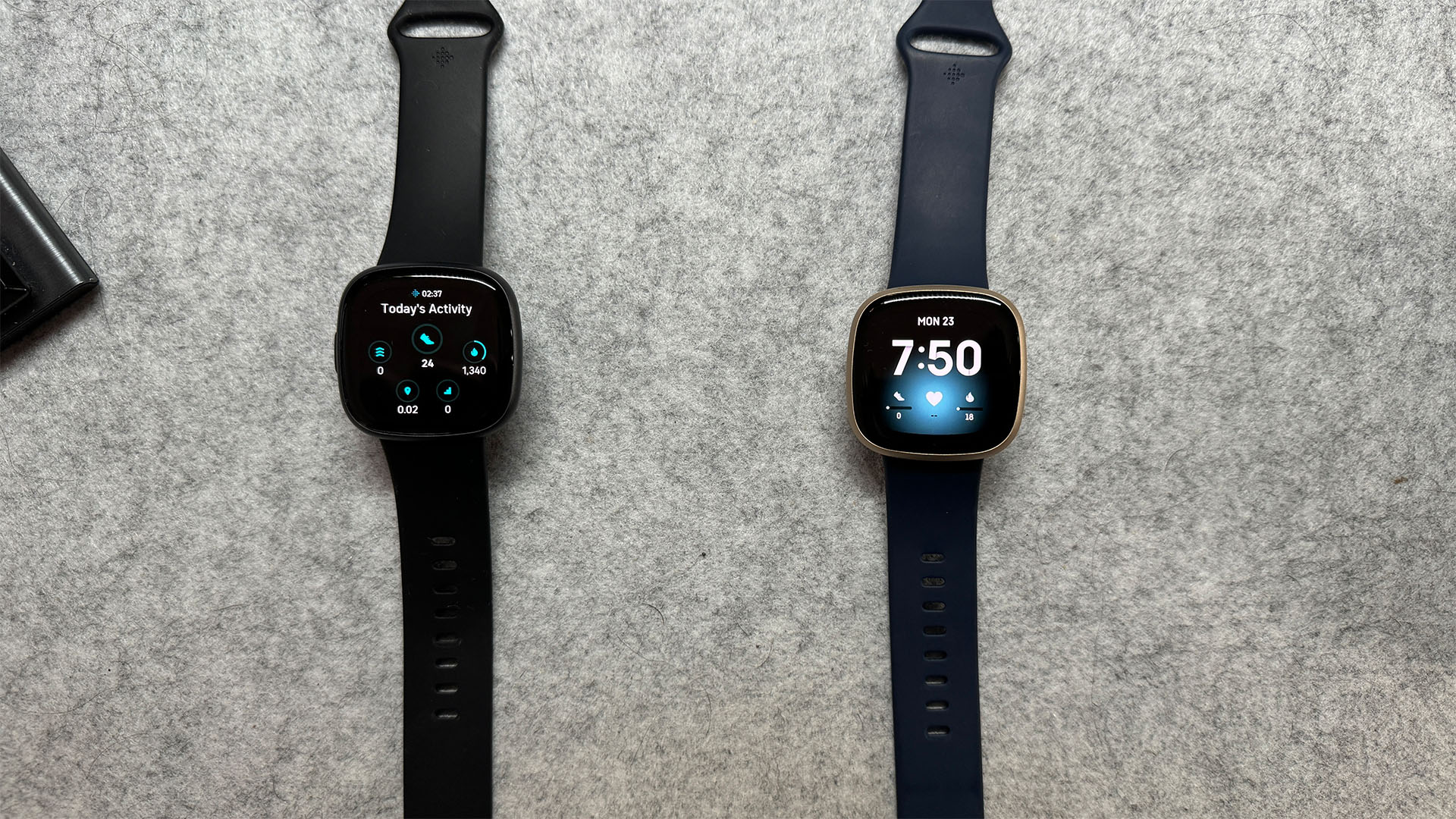 Fitbit Versa 3 vs Versa 4: here's the one I recommend buying
Fitbit Versa 3 vs Versa 4: here's the one I recommend buyingVersus There's little difference between these models, but the Versa 3 is much cheaper
By Lloyd Coombes
-
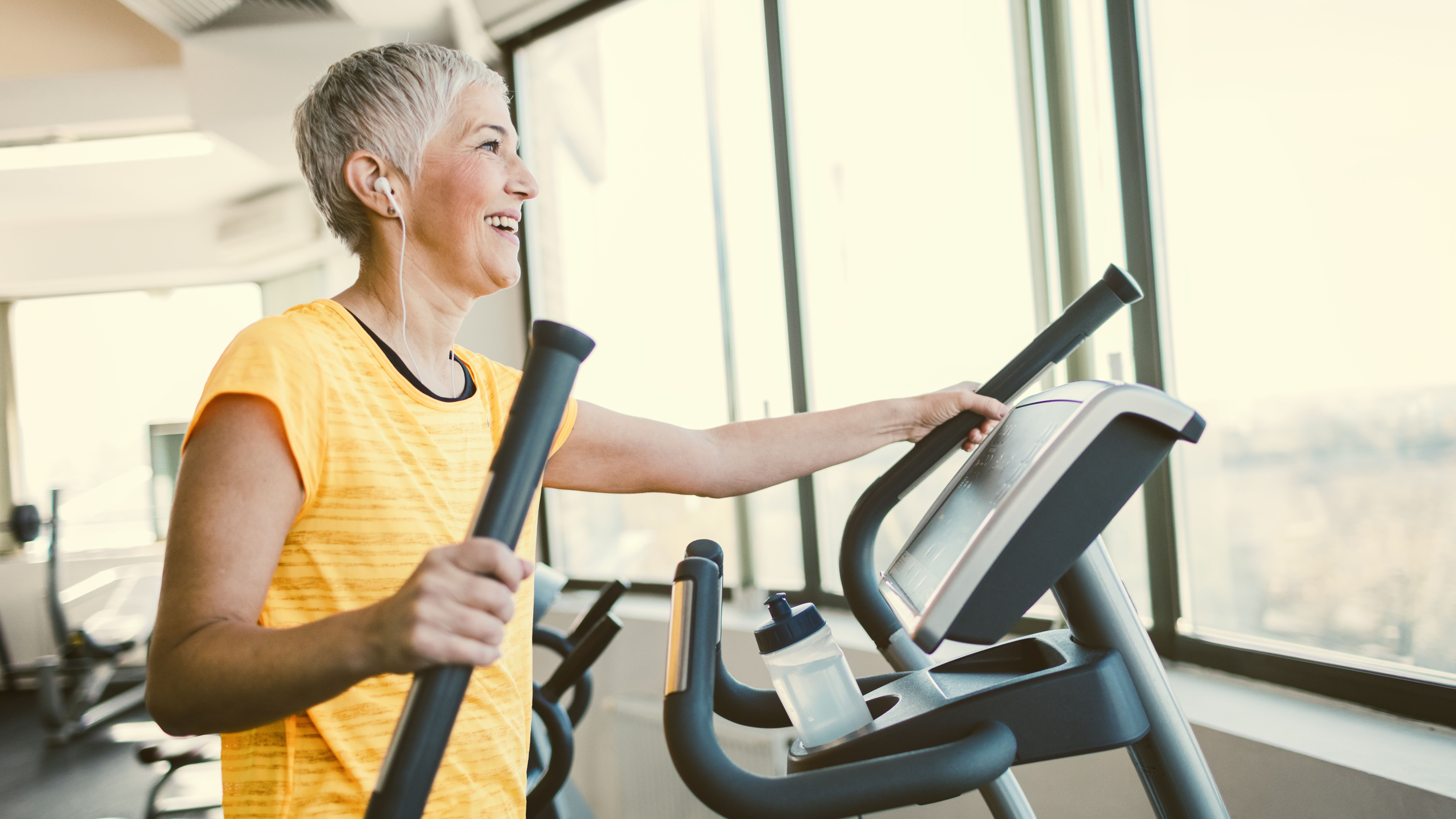 Best elliptical machines for home workouts
Best elliptical machines for home workoutsBuying guide Need a low-impact workout that’s easy on the knees? Try one of the best elliptical machines
By Sam Hopes
-
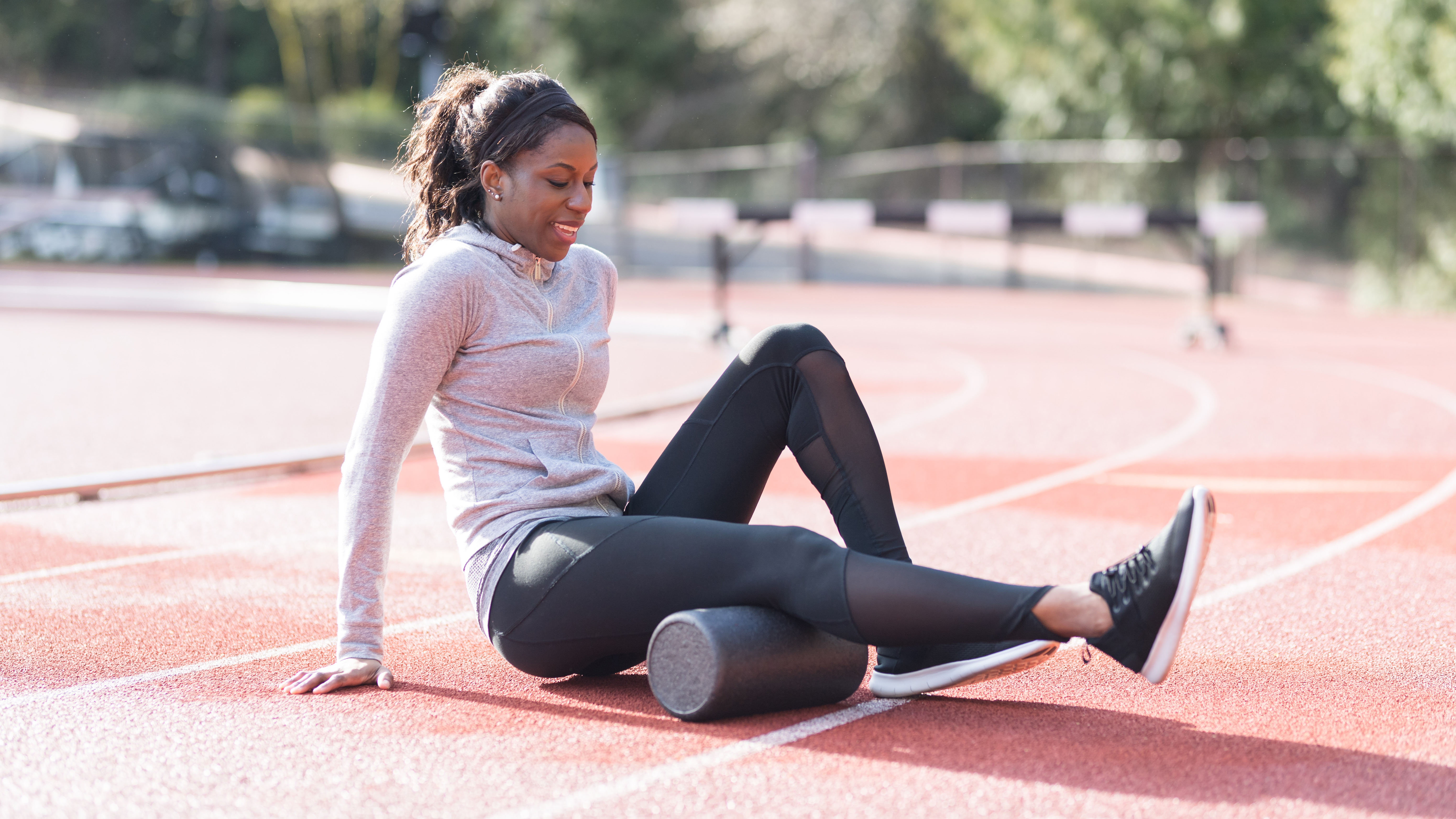 Best foam rollers for soothing sore muscles
Best foam rollers for soothing sore musclesBuying Guide Ease post-workout pain with our pick of the best foam rollers
By Harry Bullmore
-
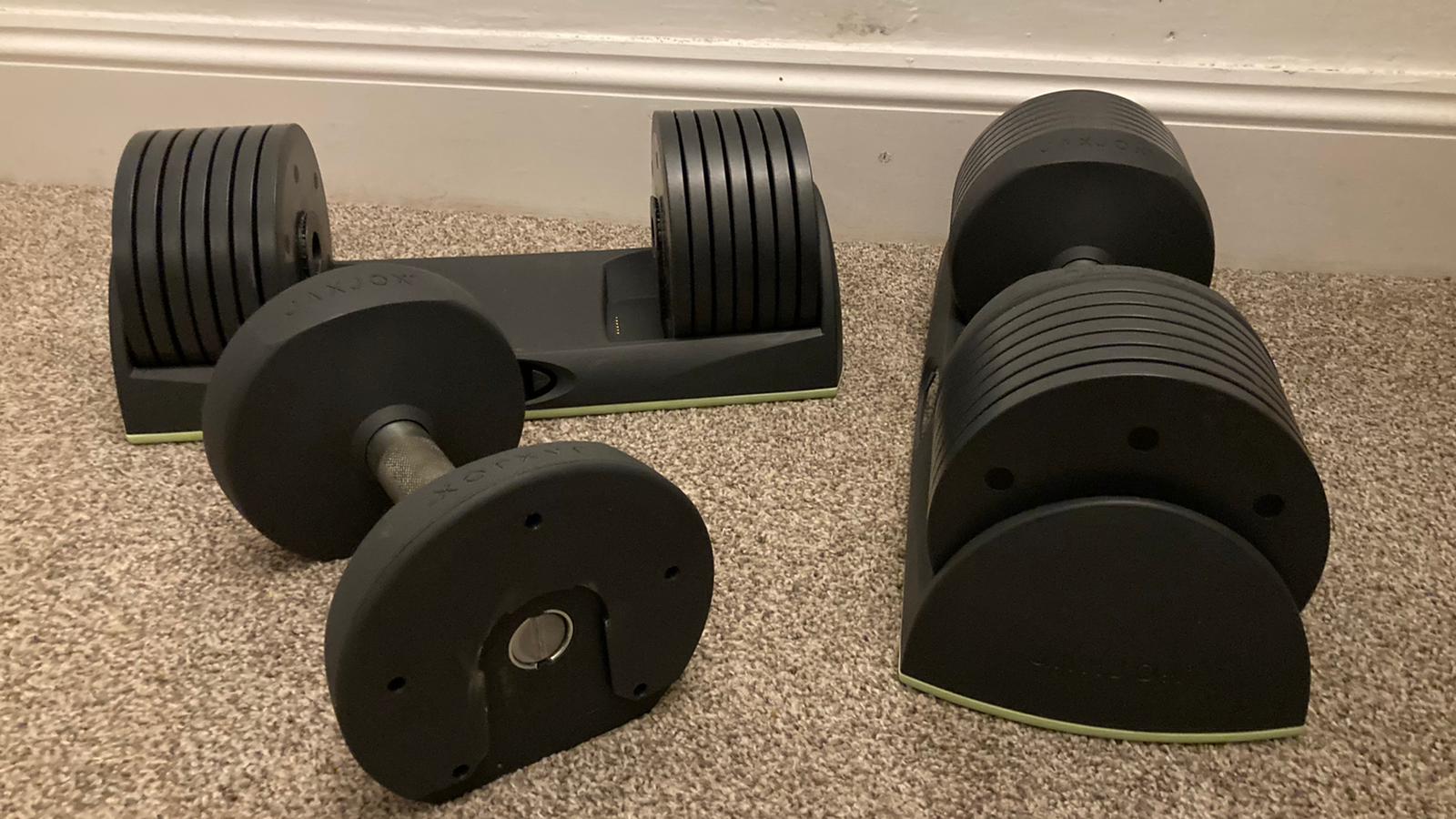 The JAXJOX DumbbellConnects have changed my home workouts forever
The JAXJOX DumbbellConnects have changed my home workouts foreverIf you want to start strength training at home, the JAXJOX DumbbellConnect adjustable dumbbells are the ultimate home workout tool
By Harry Bullmore
-
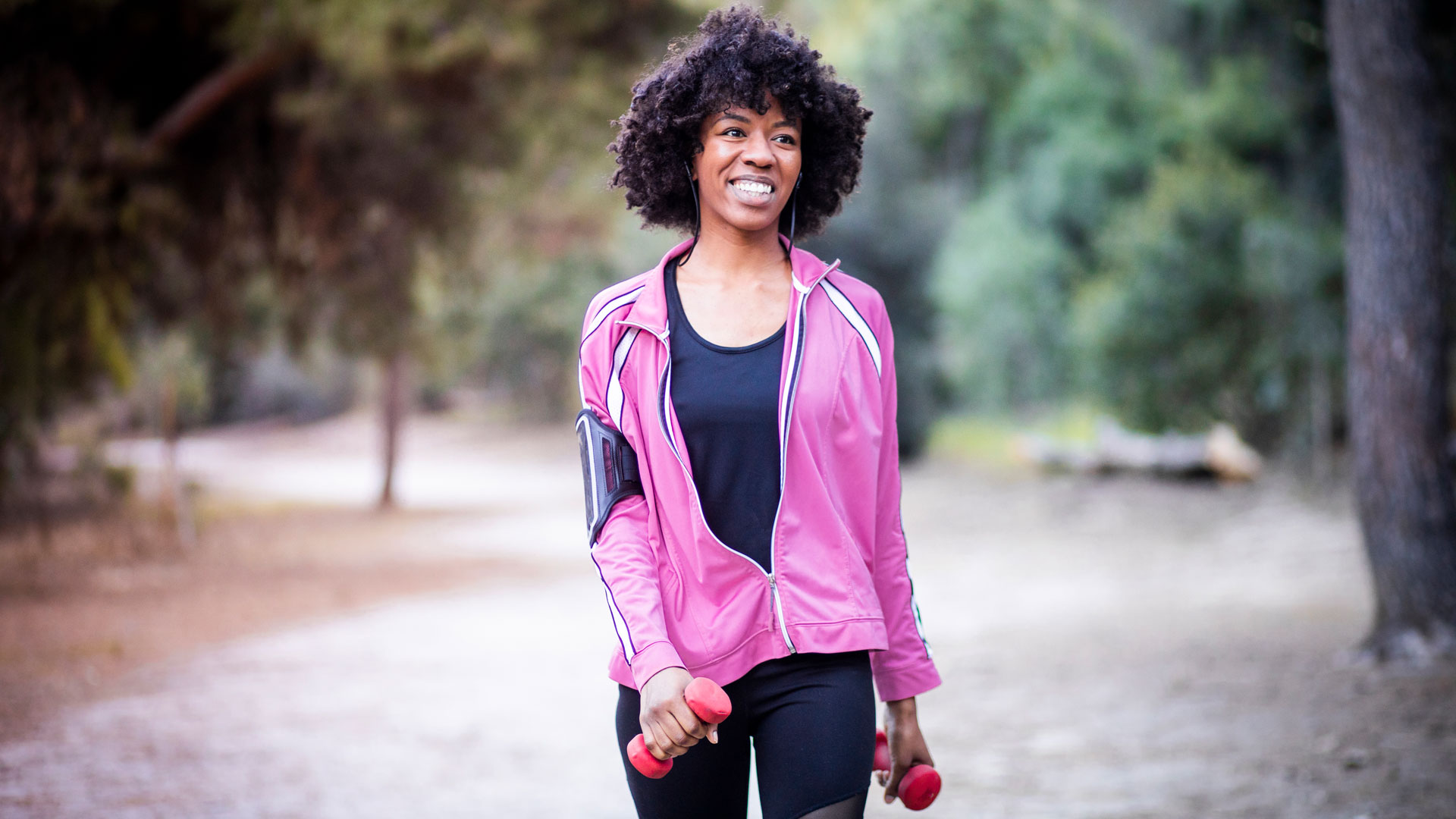 How to go walking with weights to build muscle
How to go walking with weights to build muscleFitness Try working out outside and go walking with weights for some serious health benefits
By Harry Bullmore